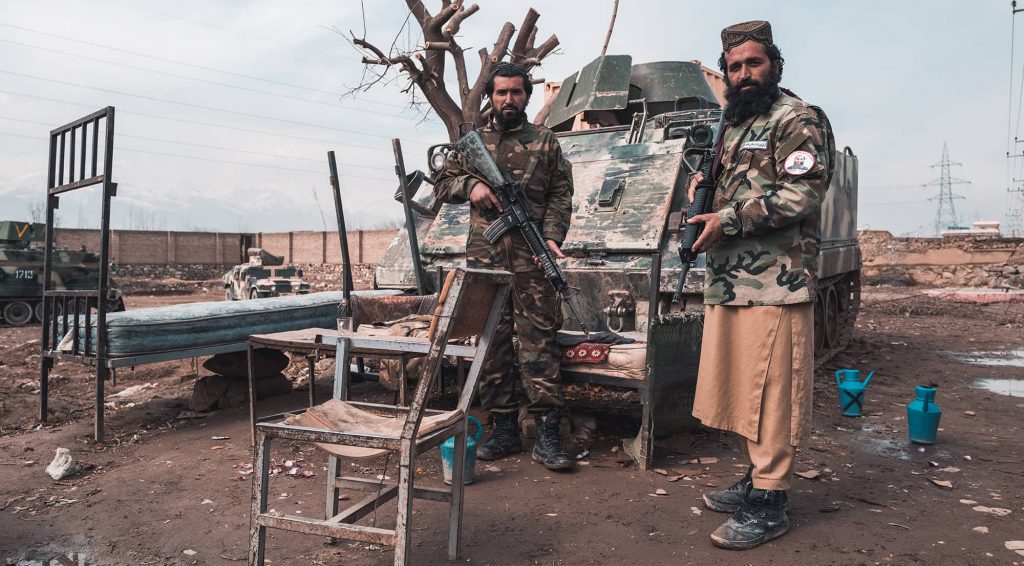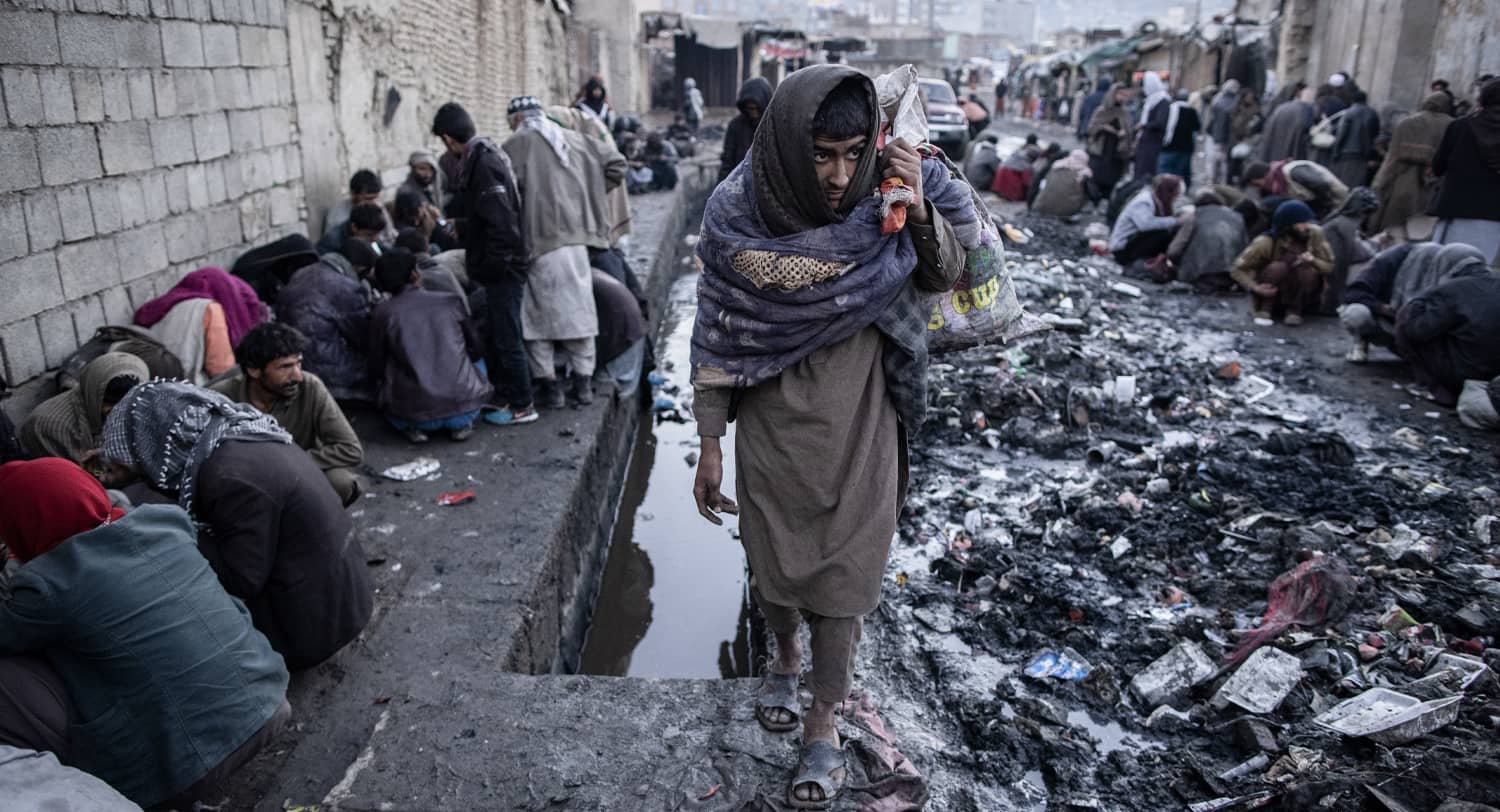In the two years since they took over Afghanistan, the Taliban have ignited several diplomatic crises and security threats across the country’s borders. Russia, Tajikistan, and Uzbekistan have warned that the Taliban are hosting terror groups, and UN and other sources have noted increasing drug trade, border tensions and refugee flows.
Central Asian states, particularly Tajikistan, Uzbekistan and Turkmenistan, have historically been affected by the events in Afghanistan through proximity, cultural and historical ties, and ethnic affiliations with their southern neighbor. Creating a workable foreign policy for Afghanistan, one that addresses border protection, trade expansion, drug trafficking, human trafficking, and water disputes requires political depth and diplomatic efficiency, neither of which is in evidence in Kabul.
The Taliban consider themselves to be the winning party of the war on terror, particularly because they believe they defeated a coalition of the world’s most powerful militaries – the United States and its allies. Their current position of power drives them to continue to negotiate with their neighboring countries and the West without compromising any of their demands.
Taken together, border crises between the Taliban and Afghanistan’s neighbors – armed clashes with Pakistan, rockets fired from Afghanistan into Uzbekistan and Tajikistan, and continuous border clashes with Iran – indicate that the neighboring countries are unlikely to cement long-term partnerships with the Taliban. The neighbors are not treating the Taliban as a reliable partner in the region. Meanwhile, the Taliban continue to support external militant groups as leverage to demonstrate their power in the region.
Water Disputes with Iran
With the compounding impacts of climate change, including the drought in Afghanistan and scarcity of water in Iran, the conflict over water has once again risen to the forefront. Afghanistan’s construction of dams, for example, has triggered protests in Iran where irrigation system projects could experience a reduction of water flow.
Historically, this conflict has been met with placeholder diplomatic efforts, including the 1973 Afghan-Iranian Helmand River Water Treaty which was never fully ratified or implemented. Since 2003, Iran has entered into a UN partnership to protect the Hamun Lake, and various Iran-Afghan commissions have met to negotiate the discharge flow of the Helmand River into a drought-ridden area of Iran.
The recent border tensions over water rights has led to an exchange of heavy gunfire. Despite efforts to resolve the water crisis diplomatically, border skirmishes are not new to Afghanistan-Iran relations. Water security for both sides, if not carefully managed, could trigger the underlying and fundamental issues brewing between Iran and the Taliban such as ideological differences, unaffiliated fighters or anti-Shia sentiment. It is also unlikely that this conflict will be resolved in the near future owing to the Taliban’s lack of water experts and experienced diplomats.
Border Insecurity with Central Asia
In an April 2023 regional meeting in Samarkand, several nations expressed concern about the presence of terrorist groups in Afghanistan. A report in June 2023 by a United Nations sanctions monitoring team demonstrates that the Taliban’s ties with al-Qaeda and other terrorist groups pose terrorism threats to Afghanistan and its region. The freedom of maneuver afforded by these groups under the Taliban is especially concerning.
At the May 2023 Shanghai Cooperation Organization meeting, Tajikistan expressed concerns with drug trafficking and security threats emerging from Afghanistan and proposed building a safety belt around Afghanistan. This stemmed from a scuffle between Tajikistan and Taliban, related to the border closure and seizure of Tajik trucks in 2022, which created open hostility between the two parties and resulted in the Taliban deploying Jamaat Ansarullah fighters to the Tajikistan border.
The Taliban’s ongoing sheltering of members of Jamat Ansarullah in the northern part of Afghanistan, particularly in Badakhshan and Takhar, has caused major security concerns for Tajikistan. In response, Tajikistan has put strict measures on its border based on concerns of violent spillover from the Taliban-led Afghanistan, and also openly houses the anti-Taliban National Resistance Front leadership.

Influence with Anti-Government Militants in Uzbekistan and Pakistan
The Taliban’s relationship with external insurgent groups, including the Islamic Movement of Uzbekistan, Jamat Ansarullah and Tehreek Taliban Pakistan, reflects support for these group’s jihadi ideology and the shared goal of building (or re-building) an ideal Islamic society governed by a renewed caliphate. These groups challenge existing forms of governments and strive to develop a new narrative of national identity around ideological beliefs.
In addition to ideology, these groups need one another for technical and financial support. They have invested in building a network to exchange resources, recruit supporters in the region, and support and shelter each other in times of urgency or when they are under surveillance. There are also family and business ties among some of these groups, which serve to further merge and strengthen their relationships. Throughout the Taliban’s time in power over the past two years, these militant groups have been inspired, empowered, and strengthened organizationally.
Uzbekistan has expressed concerns with the Taliban sheltering and helping the Islamic Movement of Uzbekistan, whose main mission is to overthrow the Uzbek government. The previously mentioned recent UN report on Afghanistan flagged that multiple Uzbek militant groups had found safe harbor in Afghanistan, and that they were either affiliated with the Taliban itself or would be with the rival Islamic State, if ISIS becomes stronger.
Inside Afghanistan, the Taliban continue to fight ISIS, its only peer rival jihadi movement, with varying degrees of success as both groups draw on ready recruits among Afghanistan’s economically desperate and increasingly radicalized population.
One of the most violent of the external groups sheltered in Afghanistan, the Tehreek Taliban Pakistan, has grown increasingly bold. Emulating the Afghan Taliban strategy of war of attrition, it has increased its attacks against police in Pakistan and have attempted to undermine the Pakistani state’s ability to protect its citizens by attacking public places. Pakistan, traditionally considered a Taliban supporter, has expressed concern over this group’s liberty of action in Afghanistan. Pakistan warned the Taliban about harboring a militant group who recently conducted an attack and killed Pakistani soldiers in the Pakistani province of Baluchistan.
Conclusion
We cannot ignore the Taliban as a security threat to its neighbors. Without a policy of containment, the regional security situation will become exacerbated. At this point, the best course of action is to provide proof of the Taliban’s links to terrorists and track the connections between and amongst the Taliban and jihadist groups; follow and inhibit the Taliban’s sources of money; and continue to enforce United Nations Security Council terrorism-related sanctions, adding new names as those responsible for regional instability are clearly identified. The extent of the Taliban’s ability to export instability depends on the international community’s response.

